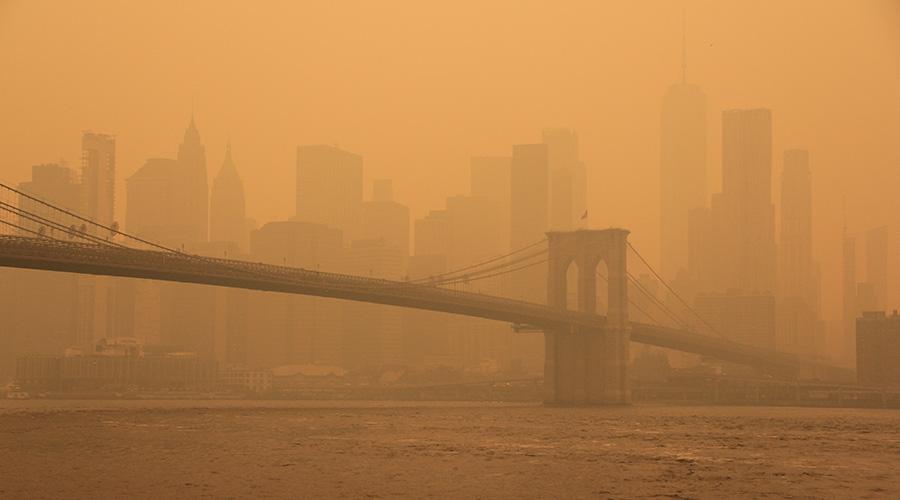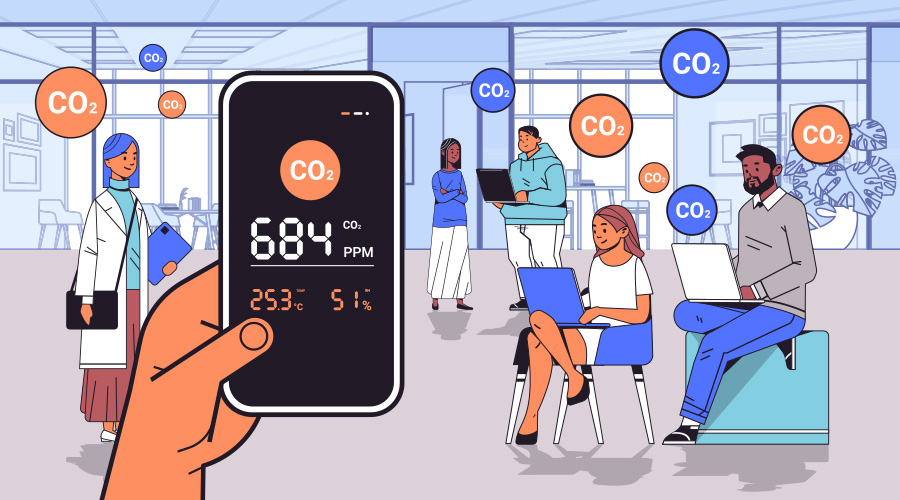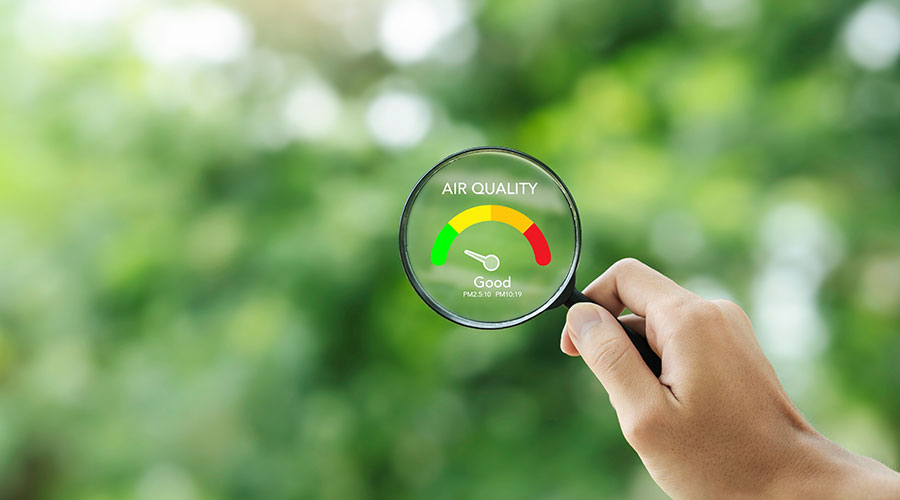Good IAQ Matters: Now and Into a Post-COVID Future
The pandemic is fundamentally changing on the true meaning of good indoor air quality. Here are the primary factors to consider for now and after the pandemic is over.
Air quality sits at the intersection of sustainability, energy efficiency, health/wellness, productivity, climate change, and inequity. Even prior to 2020, this nexus of multi-level, overlapping issues centered on air quality drove a growing recognition of the need to conduct more research and spend more resources addressing air quality outdoors and indoors. And then a novel airborne virus sparked a global pandemic, placing indoor air quality and its impact on our health/wellness under a bright spotlight, even if that spotlight was primarily illuminating the threat of airborne pathogens.
Over the last year, existing building certification systems have pivoted to provide specific indexes, modules, seals, dashboards, etc., focused on obtaining, monitoring, and communicating aspects of indoor air quality in general and specific to pathogens. Many of the strategies for COVID safety promoted by these certification systems, consultants, and other experts also improve indoor air quality overall. As we move past the pandemic, it will be important for our facilities to carry forward this focus on air quality, and health/wellness overall, while also addressing construction and operational resource consumption and associated greenhouse gas emissions.
Critical COVID risk mitigation strategies include mask wearing, de-densifying, and conducting activities outdoors. Strategies focused on building systems can be divided into primary and secondary tiers.
Primary building systems strategies
Increased ventilation (mechanical and natural): By ventilation, we specifically mean outside air as opposed to total air changes per hour consisting of both outside air and recirculated air. For the elimination of airborne viral pathogens, four to six air changes per hour (ACH) of ventilation, or equivalent ACH taking other strategies into account, have generally been recommended. Any associated increase in energy consumption with increased ventilation can be offset through other strategies like the use of energy recovery ventilators, improved building envelopes, etc.
Increased filtration: For most building systems, a minimum filter rating of MERV 13 is generally recommended. Higher MERV ratings do not automatically equate to increased pressure drop (and therefore increased energy usage), as there are many filters with lower pressure drops and higher efficiency. Portable HEPA filter units are also an effective local filtration strategy to supplement building system filtration, particularly if the system isn’t capable of using MERV 13 filters (or achieving an equivalent MERV 13 rating with pre and final filters). However, the noise produced from these units should be accounted for, as they may create distracting levels of noise and intelligibility issues.
Isolation: Isolating rooms/areas from each other via negative pressure and zoning (in general and specifically with respect to isolation rooms or areas designated for testing) can limit the movement of airborne pathogens within buildings.
Temperature: Thermal discomfort negatively impacts the efficiency of the human immune system and exacerbates the impacts of illness, so it’s important to take temperature and resulting thermal discomfort into account. However, most temperature ranges found within buildings won’t significantly impact the viability of most pathogens themselves.
IAQ monitoring: Monitoring different IAQ parameters will provide an indication if adjustments to strategies need to be made — increasing ventilation, increasing filtration, changing occupant density levels and/or activities, etc. Examples of parameters to monitor include carbon dioxide, particulate matter, TVOCs, RH, and temperature. Such monitoring, if made visible through dashboards, phone apps, etc., and acted upon, can also provide a measure of reassurance and trust among building occupants as well as maintenance staff.
Related Topics:














